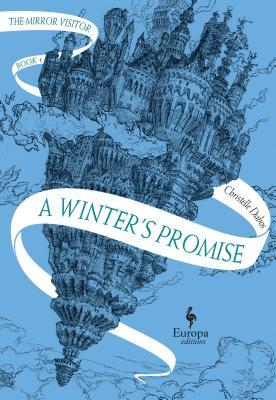Book Beginnings is a weekly meme hosted by Rose City Reader that asks you to share the first sentence (or so) of the book you're reading.

Synopsis from Goodreads...
The creation of eighteenth and nineteenth century fashion moved at a much slower tempo than the lightning-speed pace of contemporary fashion, so great attention was paid to the smallest detail. Fashioning Fashion: European Dress in Detail, 1700-1915 celebrates these and brilliantly examines the transformation of the fashionable silhouette over this span of more than two centuries. Lavish photographs and illustrative text provide historical context, showing how technical inventions, political events, and global trade often profoundly affected style. It is little wonder that many of today's top haute couture designers often look to fashion of the past to find inspiration in the present. The intriguing and stunning examples of historic dress in this opulent volume are as captivating today as they were centuries ago. Fashioning Fashion showcases nearly two hundred highlights from the Los Angeles County Museum of Art's new European collection of rare pieces of historic fashion and accessories for men, women, and children. LACMA recently acquired this singular collection, which numbers more than 1,000 objects and represents a total of fifty years of acquisitions by prominent historic dress dealers and collectors Martin Kamer of England and Wolfgang Ruf of Switzerland. The pieces were chosen for their roles in the story of fashion's aesthetic and technical development from the Age of Enlightenment to World War I. This in-depth look at the details of these luxurious textiles, exacting tailoring techniques, and lush trimmings is the first presentation of this remarkable collection...
Beginning: "The fashions of the times record the social history of a world transformed by revolution and industrialization, a world clinging to an idealized past even as it embraced modern technology."
56: "Repeating patterns of fanciful vignettes depicting whimsical human figures, fantastic architectural structures, and out-of-scale flora and fauna appear on this figured silk fashioned into a dress."
Comments: Fashioning Fashion was another book I checked out from the library. It was a fascinating look at fashion history from 1700 to 1915. The beginning comes from page 15 instead of the preface, because I felt it better represented the kind of information found in Fashioning Fashion. Plus, I just like the quote. What are you reading this week?











